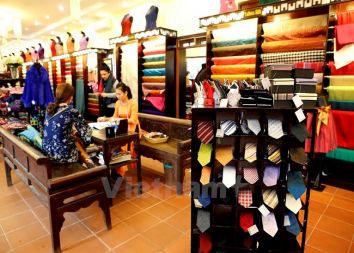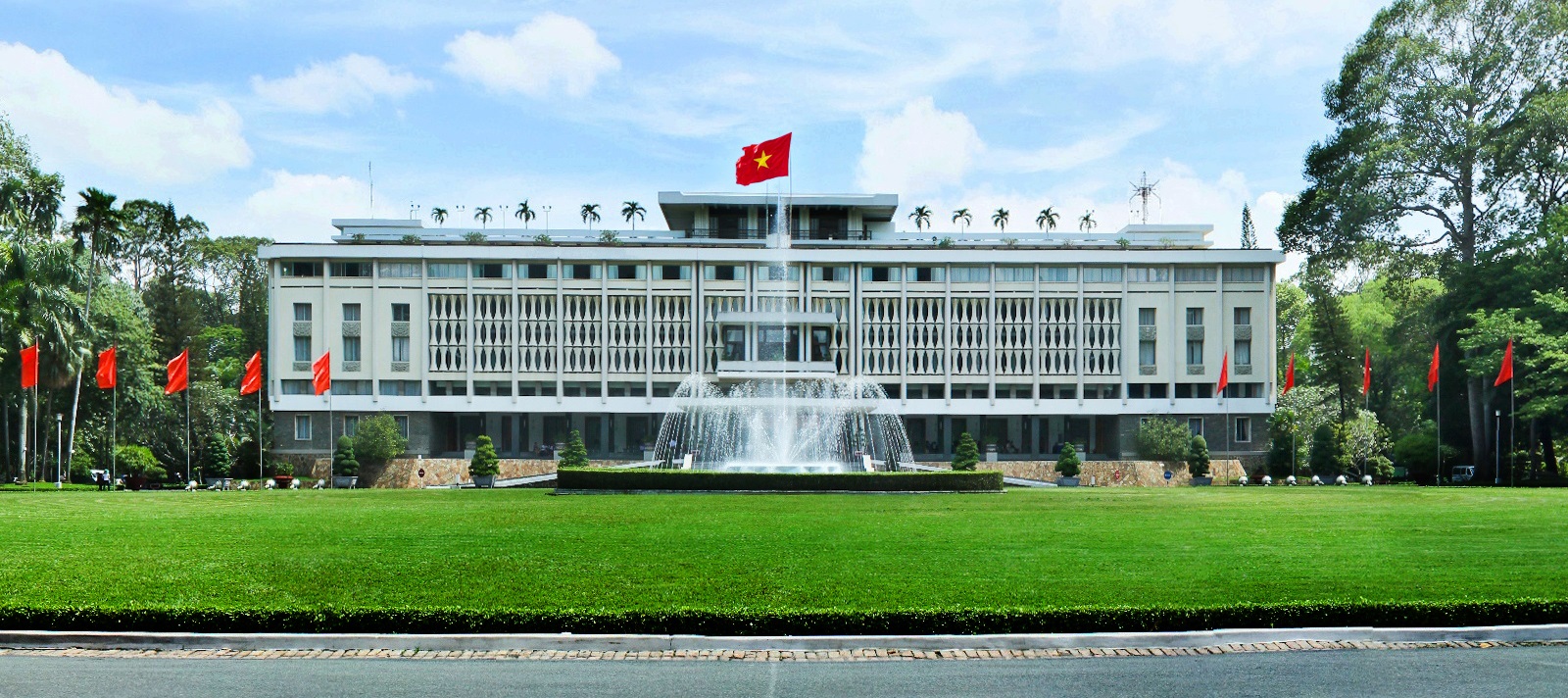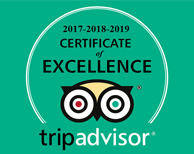Vietnam Facts and Figures
Vietnam - The Language, Culture, Customs and Etiquette:
Welcome to our guide to Vietnam. This is useful for anyone researching Vietnamese culture, customs, manners, etiquette, values and wanting to understand the people better. You may be going to Vietnam on business, for a visit or even hosting Vietnamese colleagues or clients in your own country. Remember this is only a very basic level introduction and is not meant to stereotype all Vietnamese people you may meet!
Facts and Statistics:
- Location: Southeastern Asia, bordering the Gulf of Thailand, Gulf of Tonkin, and Eastern Sea (South China Sea), alongside China, Laos, and Cambodia
- Country Capital: Hanoi City is the Capital from 1945
- Vietnam Flags: National Flag and Communist Flag.
- Vietnam Climate: Tropical in south; monsoonal in north with hot, rainy season (mid-May to mid-September) and warm, dry season (mid-October to mid-March)
- Population of Vietnam: 54 Ethnic Groups with 100 millions people (2023 est.)
- Ethnic Make-up: Vietnamese 85%, Chinese, Hmong, Zao, Tay, Nung, Thai, Khmer, Cham and various mountain groups
- Religions: Buddhism, Hoa Hao, Cao Dai, Christian (predominantly Roman Catholic, some Protestant), indigenous beliefs and Muslim
The language:
Vietnamese, Vietnam’s Official Language, is a tonal language that can be compared to Cambodia’s official language, Khme. With each syllable, there are six differant tones that can be used, which change the definition and it often makes it difficult for foreigners to pick up the language.
There are other languages spoken as well such as Chinese, Khme, Cham and other languages spoken by tribes inhabiting the mountain regions. Although there are some sinilarities to Southest Asian languages, such as Chinese. Vietnamese is thought to be a separate language, although a member of the Austro-Asiatic language family.
In writen form, Viatnamese uses the Roman alphabet and accent marks to show tones. This system of writing called quoc ngu, was by Catholic missionaries in the 17th century to translate the scriptures. Eventually this system, particularly after World War I, replaced one Chinese characters (chu nom), which had been the unofficial written forms used for centuries.
Vietnamse Culture & Society:
- Confucianism:
- The teaching of Confucius influence the Vietnamese describe the position of the individual in Vietnamese society
- Confucianism is a system of behaviours and ethics that stress the obligations of people towards one another based upon their relationship.
- The basic tenets are based upon five different relationships:
Ruler and Subject
Husband and Wife
Parents and Children
Brothers and Sisters
Frend and Friend
- Confucianism stresses duty, loyalty, honour, filial piety, respect for age and seniority, and sincerity
- The Family:
- Vietnamese life revolves around family
- The Vietnamese family consists of the nuclear as well as the extended family
- It is not uncommon for three generations to be living together under one roof
- In Confucianian tradition, the father is the head of the family and it is his responsibilities to provide food, clothing and shelter and make the important decisions.
- Withing the same tradition, it is believed that after someone dies their spirit lives on. Descendents will worship their ancestors to ensure their good favour. On the anniversary of a person’s death, ceremonies are held in their memory. They are also remembered during certain lunar festivals and souls are consulted prior to important decisions or occasions such as a birth or a wedding.
- Face:
- As with many other Asian nations, the concept of face is extremely important to the Vietnamese
- Face is a tricky concept to explain but can be roughly described a quality that reflects a person’s reputation, dignity and prestige.
- It is possible to lose face, save face or give face to another person.
- Companies as well as individuals can have face or lose face.
- For foreigners it is important to be aware that you may unintentionally cause a loss of face so it is important to be aware of your words and actions. Understanding how face is lost, saved or given is critical.
- Someone can be given face by complimenting them for their hospitality or business acumen. Accusing someone of poor performance or reprimanding them publicy will lead to a loss of face.
- Collectivism:
- In general, the Vietnamese are collectivists
- The individual is seen as secondary to the group – wherether the family, school or company
- As a result, there are strict guidelines for social interaction that are designed to protect a group’s face
- Hierarchy:
- As with mostgroup-oriented socialties there are also hierarchical structure
- In Vietnam, there are very much based uon age and status.
- This derives from Confucianism, which emphasizes socail order. Everyone is seen as having a distinct place and role within the hierarchical structure, be it the family or workplace.
- An obvious axample is seen in social situations where the oldest person in a group is greeted or served first.
- Within the family, the head would be responsible for making decisions and approving marriages.
Etiquete and Customs in Vietnam:
- Vietnamese socialty
Vietnam has a fair amunt of public etiquette. The following are some of the more common points:
- Avoid public displays of affection with a member of the opposite sex
- Do not touch someone’s head
- Pass items with both hands
- Do not point with your finger – use your hand
- Do not stand with your hands on your hips
- Do not cross your arms on your chest
- Do not pass anything over someone’s head
- Do not touch someone on the shoulder
- Do not touch a member of the opposite sex
- Shorts should only be worn at the beach
- Dinning Etiquette:
If invited to a Vietnamese home:
- Bring foods, sweets, flowers, fruit
- Gifts should be wrapped in colourful paper
- Do not give handkerchiefs, anything black, yellow flowers or chrysanthemums
- Table Manners:
- Wait ti be shown where to sit
- The oldest person should sit first
- Pass dishes with both hands
- The most common utensils are chopsticks and a flat spoon
- Chopsticks should be placed on the table or a chopstick rest after every few mouthfuls or when breaking to drink or speak
- People hold bowls close to their faces
- Hold the spoon in your left hand while eating soup
- Meal are tipically served family-style
- Try to finish everyting on the plate
- When you are finished eating, rest your chopsticks on top of your rice bowl
- Cover your mouth when using a chopsticks
Business Etiquette and Protocol:
- Appointmants are required and should be made several weeks in advance
- The best means of doing so is through a local representative who can act as a referance and also translator
- Dress conservatively
- Handshakes are used upon meeting and departing. Handshakes only usually take place between members of the same sex. Some Vietnamese use two handshake, with their left hand on top of the right wrist
- Always wait for a woman to extend her hand. If she does not, bow your head slightly
- Business cards are exchanged on initial meetings and should be presented with bith hands. When recieving business cards ensure you show proper respect to it and do not simply glance at it and put it on the table
- Hierachy and face manifest in differant ways within business meetings. For example, the most senior person ahould always enter the room first.
- Silence is also common in meetings where someone disagrees with another but remains quiet so as not to cause a loss of face
- Relationship are critical to successful business partnership. Always invest time in building a good relationship based on both personal and business line. Any initial meeting should be solely used as a “getting to know you” meeting
- The spoken word is very important. Never make promises that you can not keep to as this will lead to a loss of face
- Negotiations can be slow so it is important to bear in mind that decisions have to go through a lot of red tape ans also group consultation. Be patient.
- Business gift giving is fairly common at the end of a meeting or during a meal in honour of your business associates. Gifts should be small but not expensive. Something with your company logo or something typical from your country both make excellent gifts.

![]()
![]()
![]()
![]()
![]()
Best of Vietnam

Best Vietnamese Food You Have to Try in Vietnam
Best Food in Vietnam: Vietnamese Traditional Food is top World well known to be both healthy and...

10 Best National Parks in Vietnam
Vietnam Travel Guide: If you look for the Best Wildlife Discovery Experience in Vietnam, here are...
Read More
Best Souvenir to Buy in Vietnam
If you look for Best Things to Buy when traveling to Vietnam to bring home for your family & friends...
Read More
The 10 Best Places to Visit in Vietnam
Vietnam Travel Guide: Home to an extensive collection of historical and cultural attractions,...
Read More
Top 10 Museums You Should Not Miss in Vietnam
Vietnam, 4.000 years old country has a unique and lengthy history, culture with 54 ethnic groups. It...
Read MoreFind your trip
Vietnam Best Tours
Vietnam Car Rental
Vietnam Travel Blog
- Vietnamese People: Origin, History, Culture and Traditions
- Vietnam Currency: Best ATM and Places to Exchange Money
- Vietnam Map: Regions, Cities & Provinces Map of Vietnam
- What is illegal Things in Vietnam: Rules & Laws for Tourists
- Best Time to Travel to Vietnam to Avoid the Bad Weather
- Vietnam News: Population & Religions of 54 Ethnic Groups









